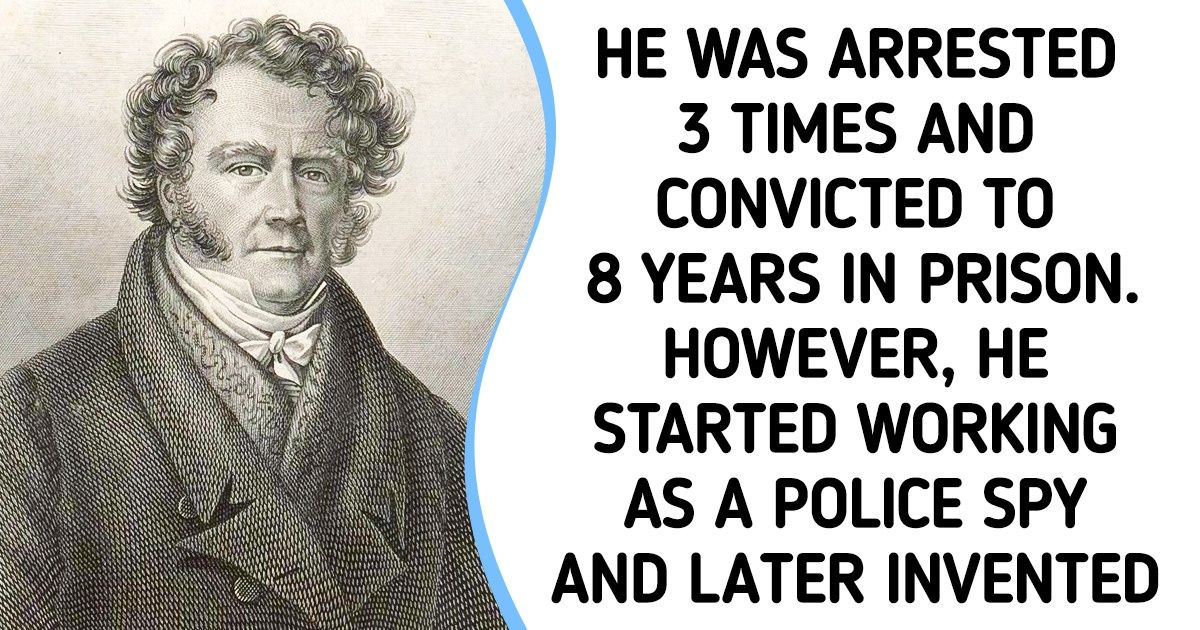10 Moments That Proved the Worst Betrayal Comes From Home


Figures like Thomas Edison and Dr. Martin Luther King are remembered all over the globe for their wonderful accomplishments. Their actions have changed the way we think about our world and the way we live our lives. However, there are people whose actions and lives are not mentioned enough even though they were tremendously trailblazing. One example is the real inventor of television, whose name isn’t as widely known as it should be.
Bright Side would like to celebrate these 6 historical figures that played their part in forming life as we know it today.
In the mayoral elections of 1887 in a small town in Texas, Mrs Salter found her name on the candidate ballot. Candidates back then didn’t have to file before the elections, but a committee was choosing them without asking. The committee consisted solely of men who thought it would be funny to nominate a woman. They didn’t believe for a second that the men of the town would vote for her.
When it was discovered that her name was on the ballot, she was asked if she would serve her city in case she won. She gladly accepted, something that angered her husband. To everyone’s surprise, Mrs Salter won 2/3 of the votes and was crowned Mayor. So, instead of making fun of women wanting to be in politics, the committee managed to elect the first ever female Mayor.
After being arrested 3 times and convicted for a terrible crime, Eugène offered his services to the French police in order to avoid prison. He first worked as a spy and later went on to establish a plain-clothes bureau. He helped the police identify criminals based on their repeated techniques, aliases, and previous convictions. He would often insert himself in criminal gatherings in order to collect information.
After a crime, he would look for evidence, such as footprints that he would later try to match with a suspect’s boots. He was the first person to conduct a ballistic examination and invented a method for analyzing handwriting. He also came up with the idea of using fingerprints to recognize criminals, but never found an appropriate ink.
Ms. Bolin was the first African-American woman to graduate from Yale University. She was also the first to join the New York City Bar Association and finally the first Black female judge. Despite facing tremendous racism and sexism during her college and professional years, she managed to become a family court judge. She worked for 4 decades in this field, trying to end segregation in child placement facilities.
She dedicated her career to ending discrimination and other racial and social problems. She also worked next to Eleanor Roosevelt in order to fight crimes committed against young boys. Looking back at her extraordinary career, she said “I wasn’t concerned about being first, second, or last. My work was my primary concern.”
Although she wasn’t the first ever woman to earn a pilot’s license, she was the first to fly her own plane in 1921. While many people credit Amelia Earhart as the first female pilot, it bears mentioning that she got her license 6 months after Coleman. Bessie’s passion for flying started after her brother would tease her that French women could fly planes while she couldn’t.
That’s why she moved to Paris, learned French, and applied to an aviation school. In 1922, she began doing flight performances and became famous for some of her tricks. In 1926, she and her mechanic were on a flight when they had a malfunction in one of the engines. Bessie was not wearing a seatbelt and fell out of the roofless plane, losing her life at the age of 34.
Farnsworth designed on paper the first television when he was in chemistry class at his school at the age of 14. He was not the first person to experiment with building a TV, but his technological approach was the first successful one. In 1927, at the age of 21, he demonstrated the first two TV patents. By 1938, almost 3/4 of all television patents were created and owned by Farnsworth.
That’s why in 1939 when RCA invested $50 million in developing an electronic television, they paid to get a license to use Philo’s patents. However, when they finally created a TV, they didn’t credit him for the invention but two other scientists. The reason was that Farnsworth had sued and won a case against RCA for copyright infringement. The court also demanded the company pay royalties to Philo for his invention.
When Rosa was very young, she contracted polio, a disease that left her unable to walk. She had to rely on her tricycle to move around and used it to distribute leaflets for the Suffrage movement. In November 1910, she participated in “Black Friday”, where she was thrown off her tricycle by police. She was arrested and sentenced to prison twice, where she was treated badly by police.
Her horrible treatment was made public and the police finally released her. In a demonstration in 1914, the Suffragettes clashed with 1,500 policemen. Once again Rosa was injured by the police, but luckily another Suffragette was there to help her. After the vote for women was secured, Rosa stopped being politically active.
Are there any other historical figures that you think deserve to be mentioned more? Why do you believe that their contributions were forgotten over the course of time?











